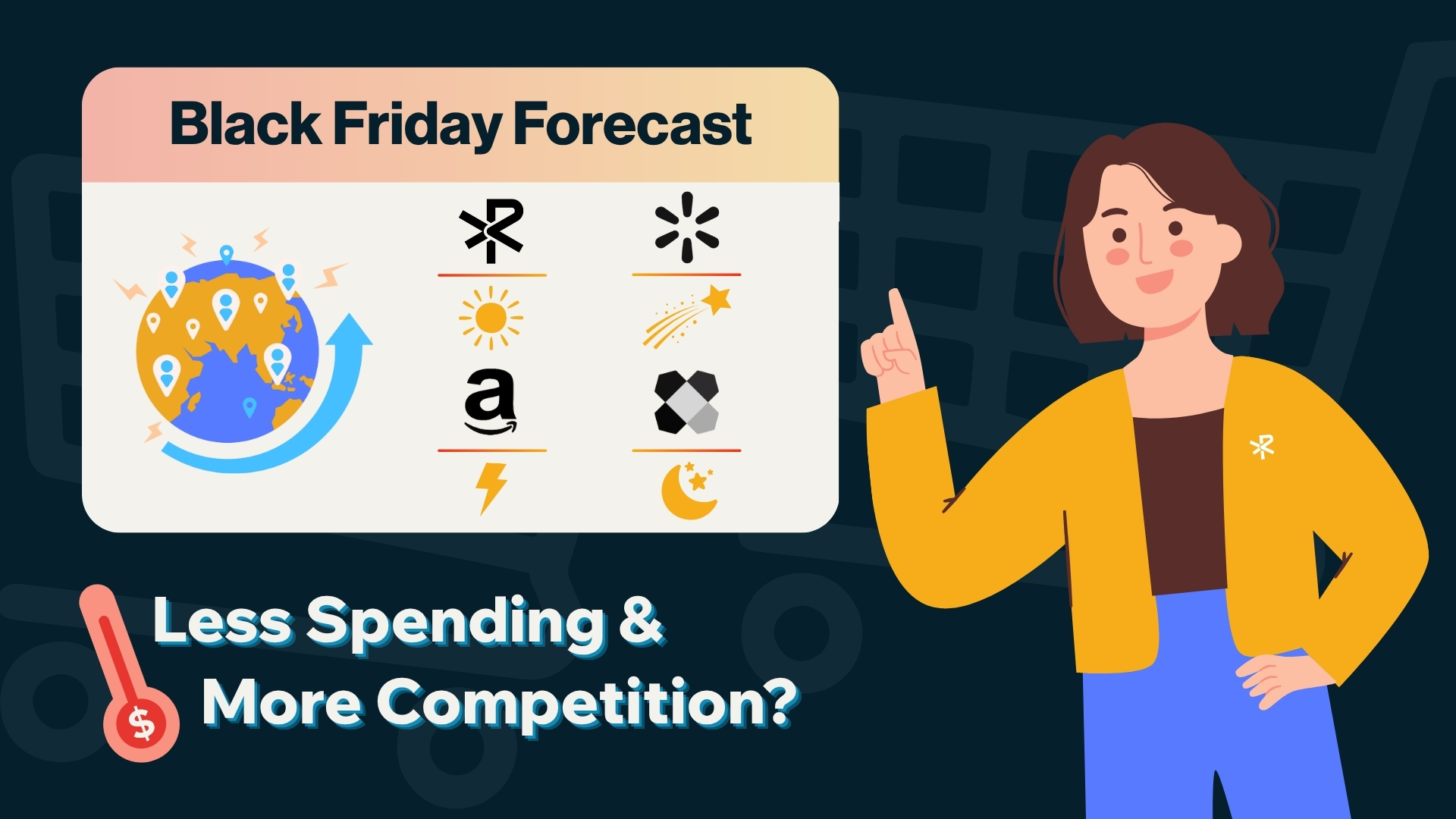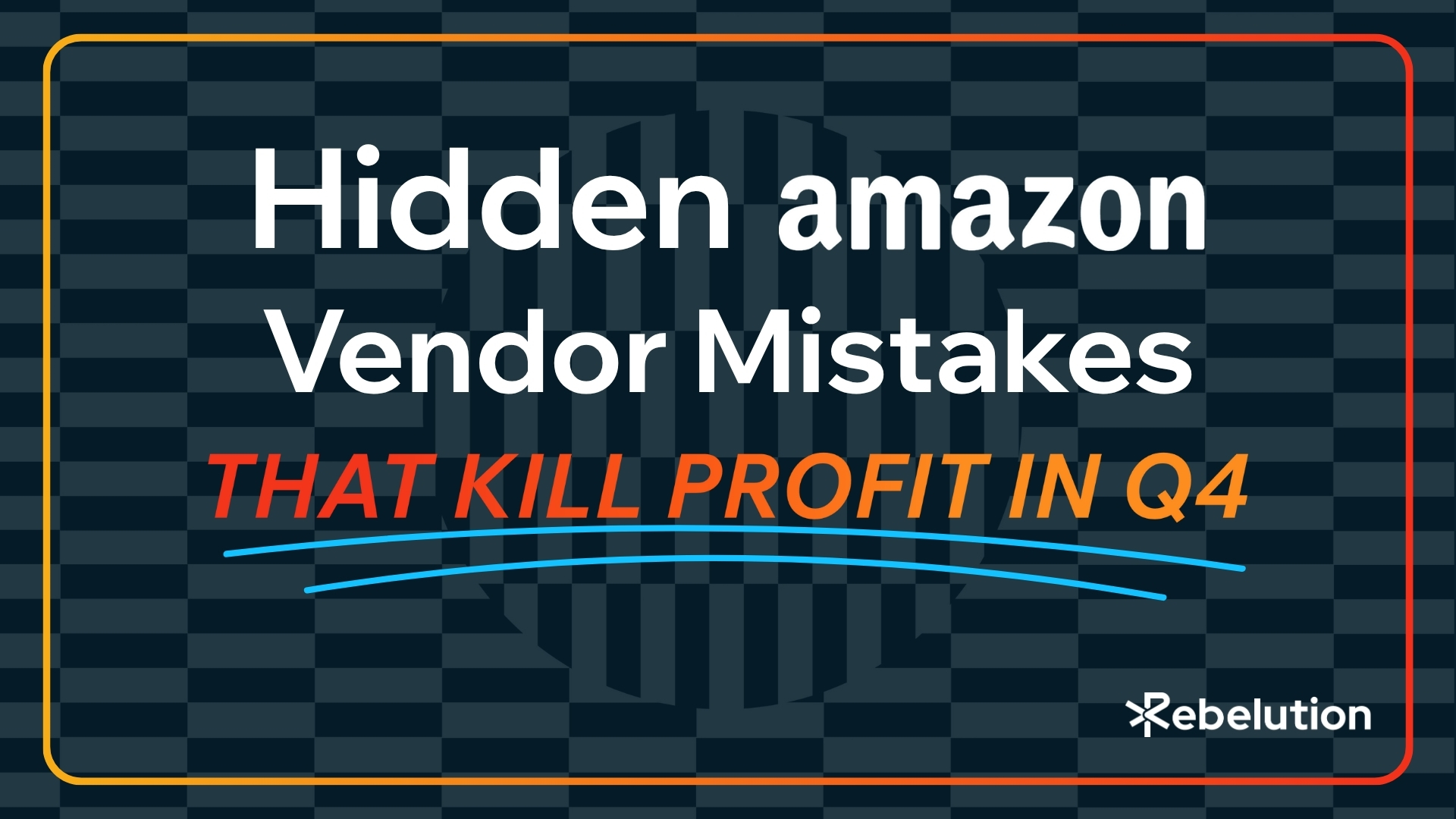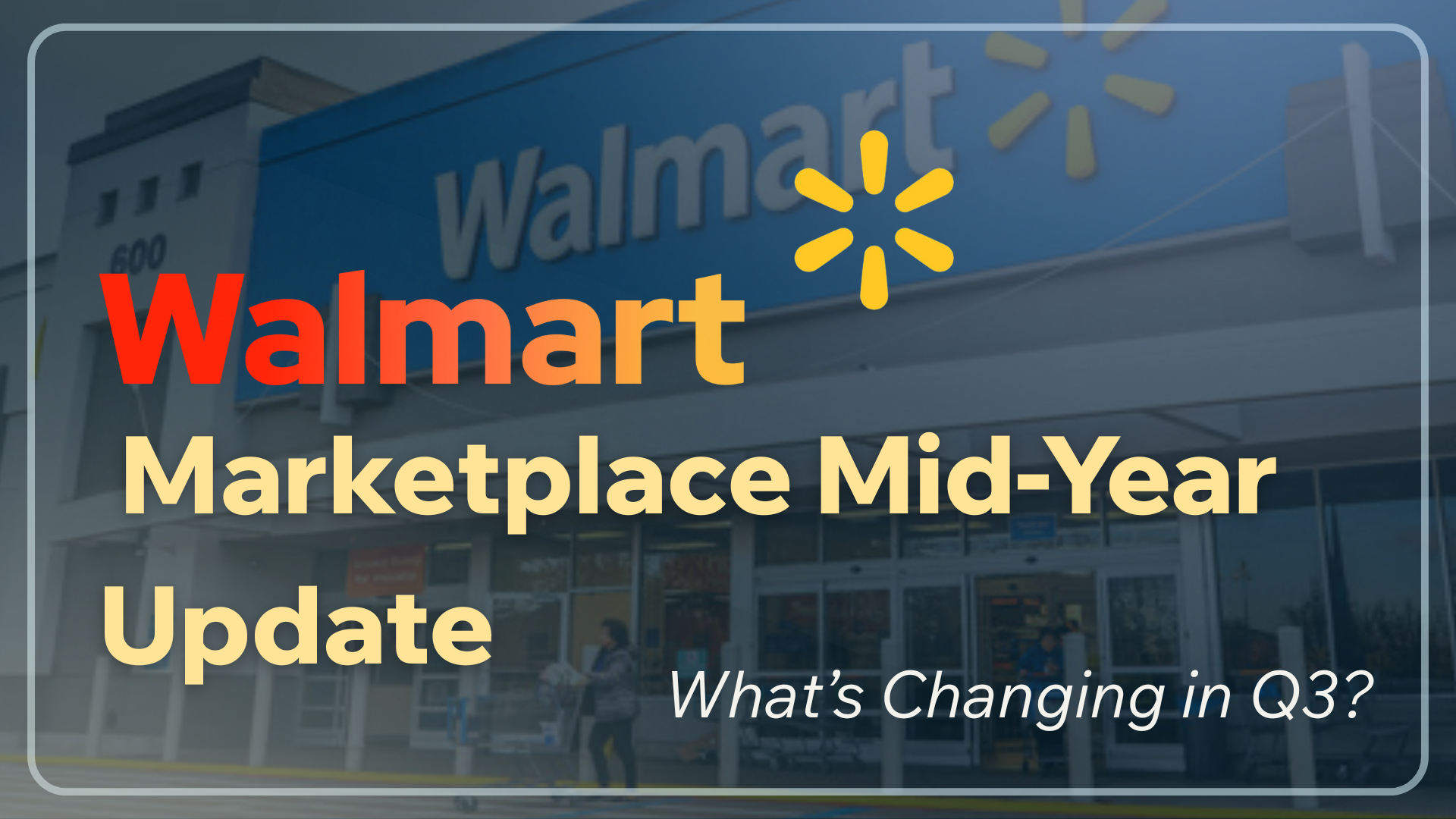In today’s competitive e-Commerce landscape, choosing between multi-channel and omnichannel strategies can make or break your business. Both approaches aim to grow sales, but they do so in different ways. Understanding the differences is key to selecting the right path for your brand.
Let’s dive into how each strategy works, along with the benefits and challenges they bring.
Multi-channel e-Commerce involves selling products across various platforms. These can include your website, marketplaces like Amazon or eBay, and social media channels.
Each platform operates independently, and customer interactions remain separate.
Omnichannel e-Commerce creates a seamless experience across all sales channels. Whether a customer shops online, in-store, or on a mobile app, their experience is consistent.
This strategy integrates customer data across all touch-points, ensuring a unified approach.

Choosing between multi-channel and omnichannel depends on your goals and resources.
If you want to reach more customers quickly, multi-channel is a solid choice. It’s also easier and cheaper to implement. However, if you’re focused on customer experience and loyalty, omnichannel is more effective, but it requires a larger investment.
Both omnichannel and multi-channel e-commerce strategies have their advantages. Multi-channel helps you expand faster by using various platforms, while omnichannel focuses on creating a seamless and connected customer experience.
At Rebelution E-Commerce, we help brands develop the best approach for their goals. Whether you’re looking to grow across new platforms or deliver a unified shopping experience, we’ve got you covered. Contact us to learn more about how we can help your business thrive.

Meghan is a digital marketing specialist and analyst at Rebelution eCommerce, focusing on internal strategies. With a strong background in market analysis and initiative development, she enhances internal communications and ensures marketing efforts align with business goals. Her strategic approach improves the efficiency and impact of Rebelution’s marketing operations.



Experts expect the slowest U.S. holiday growth since the pandemic—even as online sales rise. See the Black Friday sales forecast, what’s driving competition on Amazon, Walmart, Lowe’s, Home Depot, Wayfair, and how to win.


The biggest Amazon vendor Q4 mistakes aren’t what you think. Learn the hidden operational, financial, and data traps that quietly destroy holiday margins.


Learn how Amazon, Walmart, and Wayfair empower small business ecommerce brands with tools, reach, and growth opportunities.


Explore how Evolution Outdoor, in partnership with Rebelution, achieved a remarkable 65% increase in year-over-year sales...

.jpg)
Explore how Evolution Outdoor, in partnership with Rebelution, achieved a remarkable 65% increase in year-over-year sales...


Explore how Evolution Outdoor, in partnership with Rebelution, achieved a remarkable 65% increase in year-over-year sales...


